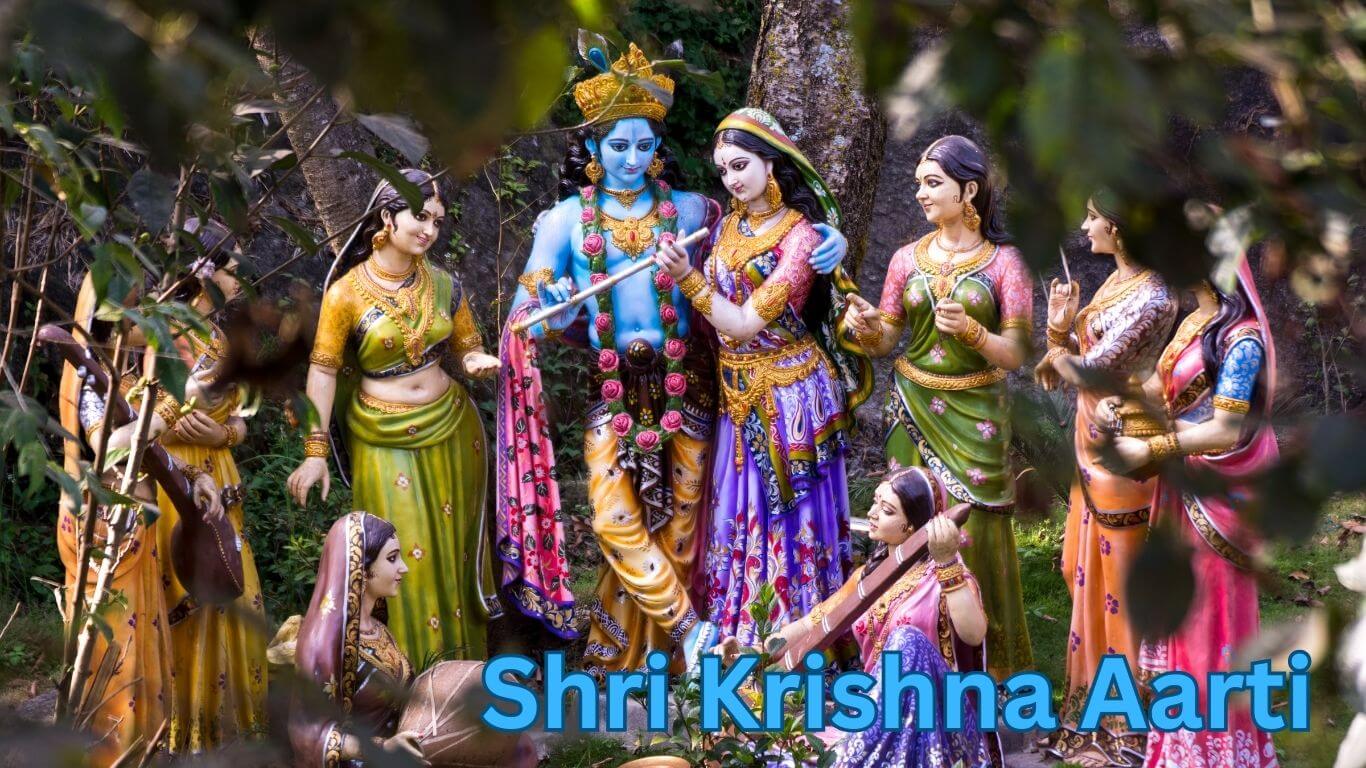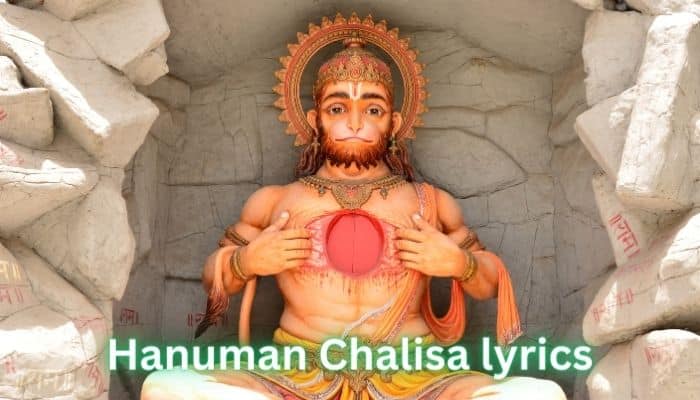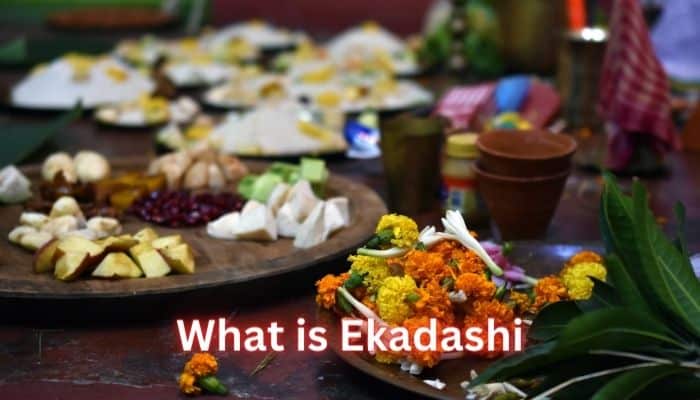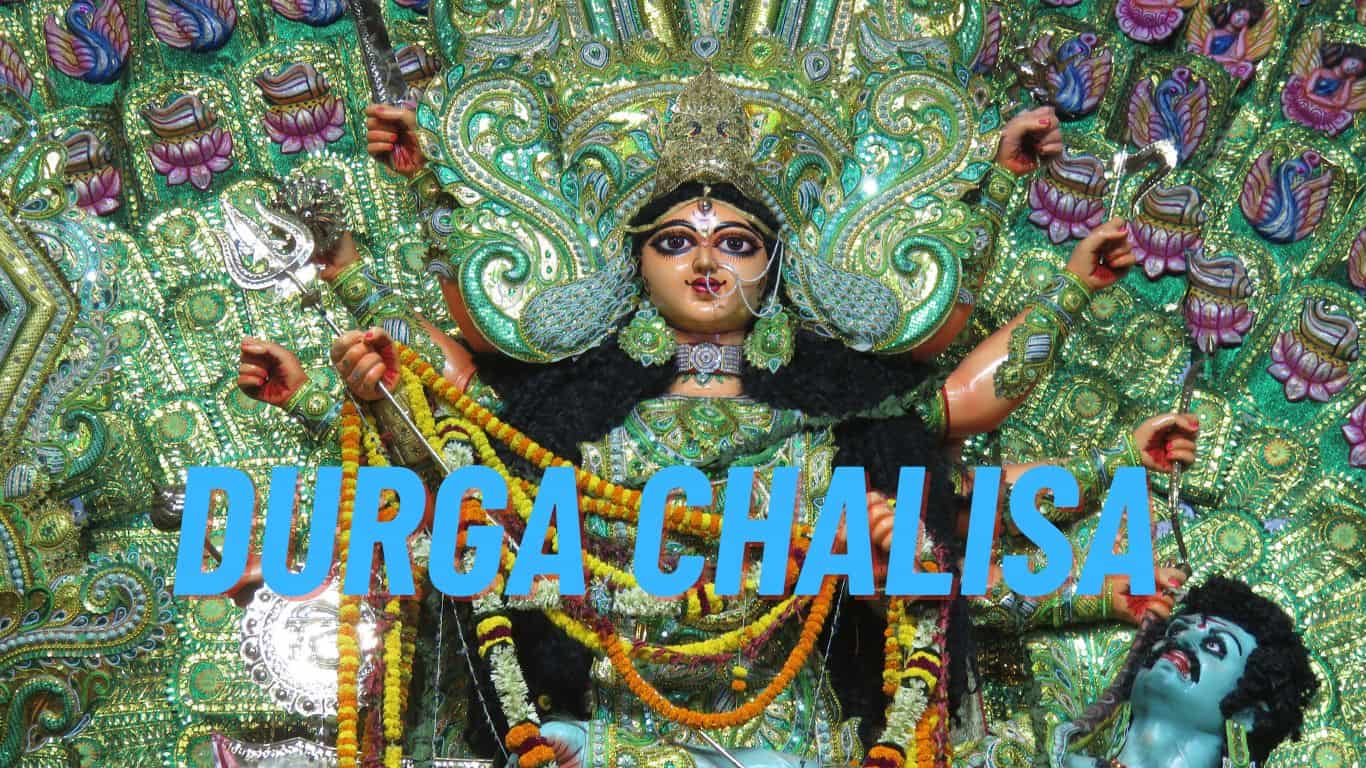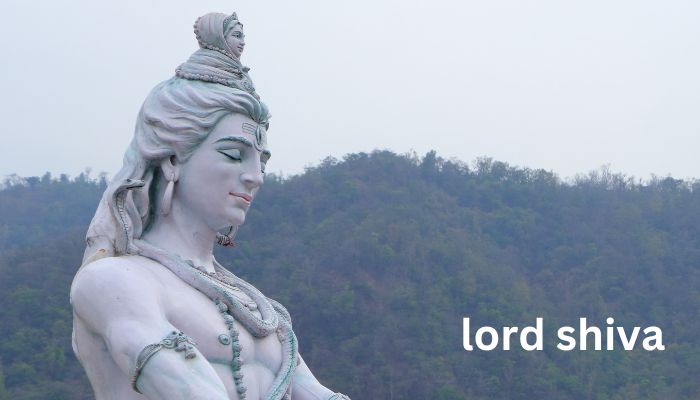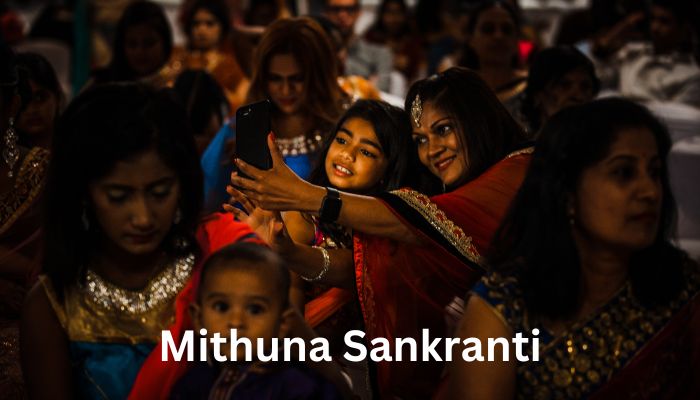Diwali, also known as Deepavali, is a vibrant and significant festival celebrated in India. This five-day extravaganza is a time for family gatherings, dazzling displays of lights, and an abundance of sweets. The festival’s origins are traced back to the goddess Lakshmi, who is believed to bring prosperity to households on the first day.
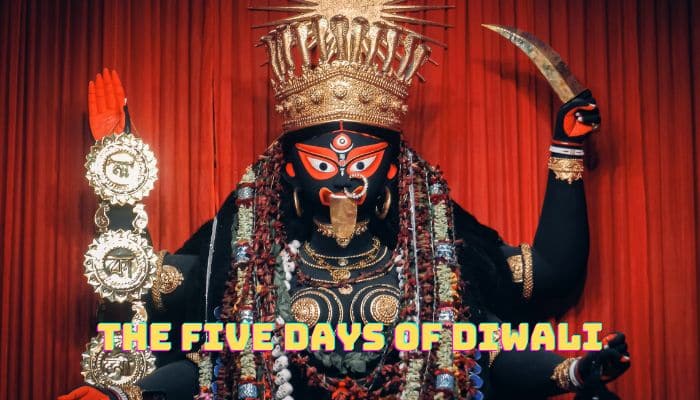
The First Day: Dhanteras(Welcoming Wealth and Prosperity)
On the first day of Diwali, known as Dhanteras, people clean their homes and buy valuable items, dedicated to Goddess Lakshmi, the deity of wealth. This day brings prosperity to households, and families light lamps and offer prayers, creating an atmosphere of anticipation and joy.
The Second Day: Small Diwali (Triumph Over Evil)
The second day, Choti Diwali, is dedicated to the triumph over evil, with bonfires lit to symbolize the defeat of the demon Narakasura by Lord Krishna. People burst firecrackers and celebrate this victory with enthusiasm.
The Third Day: Diwali (Festival of Lights)
The third day, Diwali, is celebrated with great pomp and show, with houses adorned with oil lamps, candles, and colourful rangoli designs. Families gather for a grand feast, exchange gifts, and light firecrackers.
The Fourth Day: Govardhan Puja (Worshiping Nature)
The fourth day, Govardhan Puja, is dedicated to worshiping nature, with people constructing miniature hillocks using cow dung to symbolize the Govardhan Hill lifted by Lord Krishna to protect villagers from rain. This eco-friendly ritual showcases the burstiness of creativity and reverence for nature.
Mantra for giving five results- Mantra for giving flowers- Pranam Mantra- etc,
The Fifth Day: Bhai Dooj (Celebrating Sibling Bonds)
The fifth day, Bhai Dooj, is dedicated to the bond between siblings, with sisters applying ’tilak’ on their brothers’ foreheads, symbolizing love and protection.
Conclusion
Diwali is more than just a festival of lights; it is a celebration of life, knowledge, and the victory of good over evil. Burstiness and uniqueness fuse together as families, friends, and communities come together to create unforgettable moments. As the journey through Diwali comes to an end, we hope you have gained a deeper understanding of this magnificent festival.
FAQs
What is the significance of lighting lamps during Diwali?
Burstiness: Illuminating lamps during Diwali symbolizes the victory of knowledge over ignorance and light over darkness. It signifies the inner light that protects us from spiritual darkness.
Why is Diwali celebrated for five days?
Burstiness: Diwali extends for five days to commemorate various significant events in Hindu mythology, each with its unique burst of traditions and celebrations.
Are there regional variations in the way Diwali is celebrated?
Burstiness: Yes, Diwali celebrations vary across regions, with different rituals and traditions. Bursting forth in diversity, the festival’s essence remains the same.
How do people prepare for Diwali?
Burstiness: Preparations for Diwali include cleaning and decorating homes, buying new clothes, and making traditional sweets. The burst of excitement is palpable as people get ready for the festivities.
What are some popular Diwali sweets?
Burstiness: Diwali is incomplete without delectable sweets like ‘laddoos,’ ‘gulab jamun,’ and ‘barfi.’ These mouthwatering treats add a burst of sweetness to the celebrations.
Is Diwali celebrated only in India?
Burstiness: While Diwali is most prominently celebrated in India, it is also observed by Indian communities worldwide, adding a burst of cultural diversity to the global celebration.


